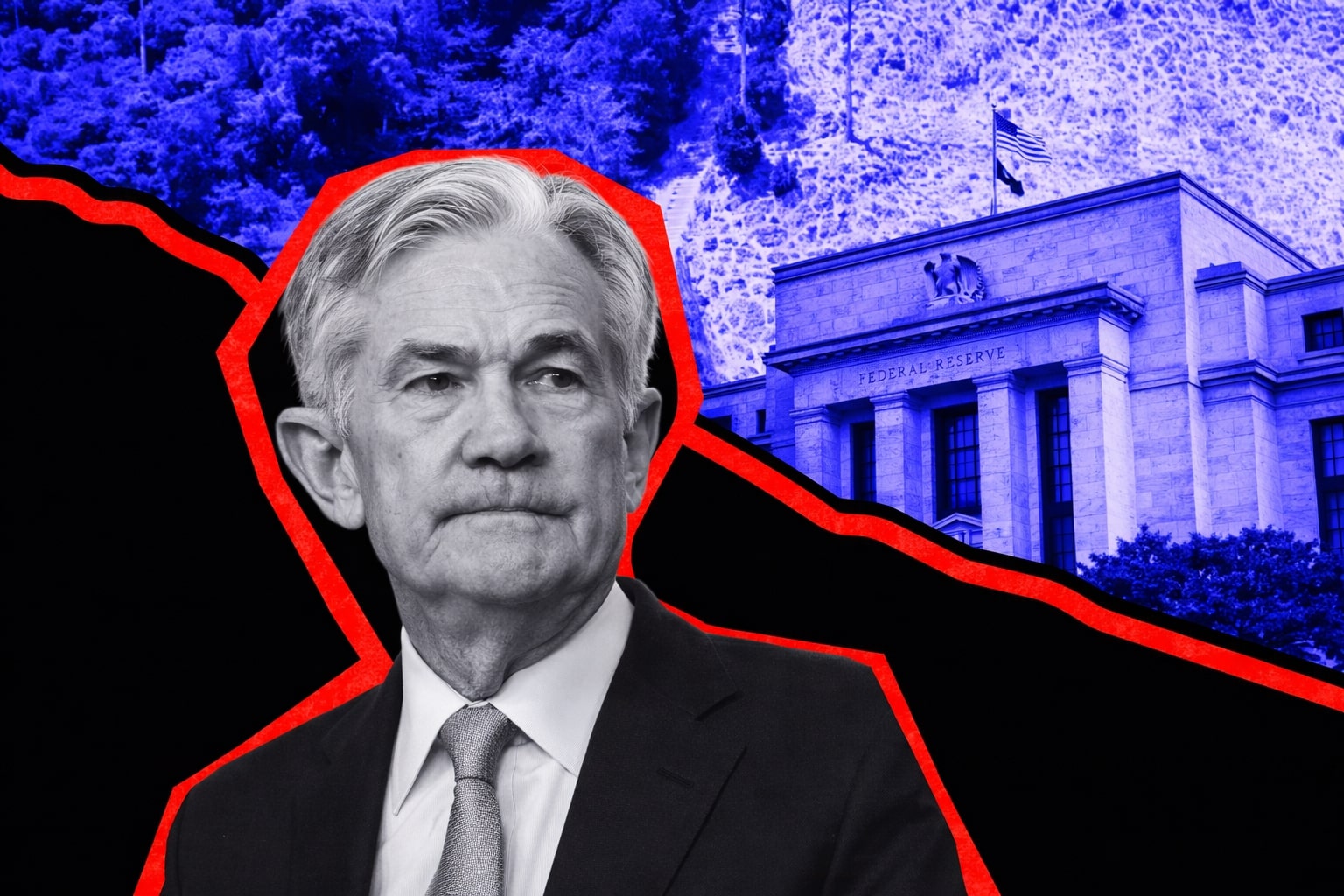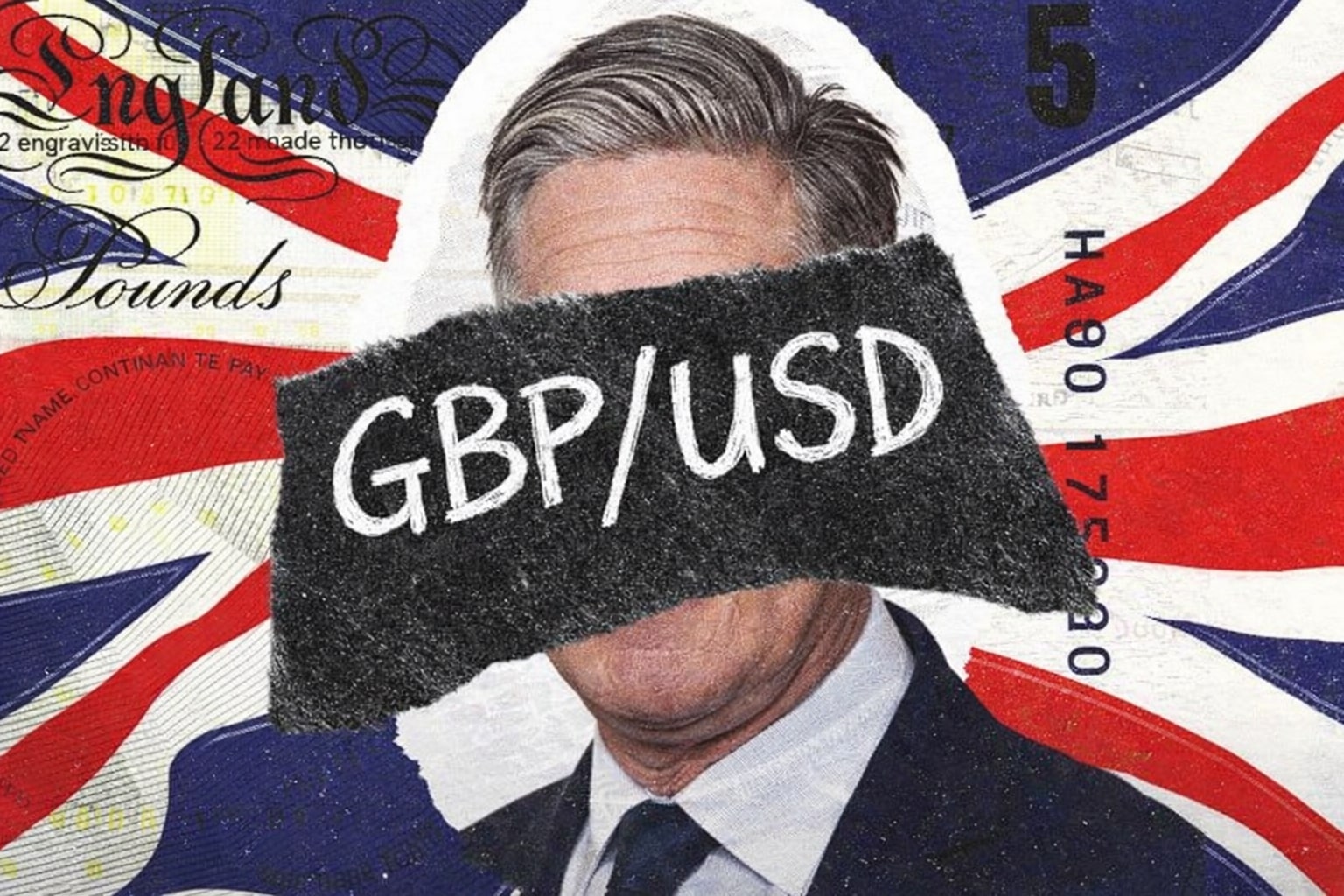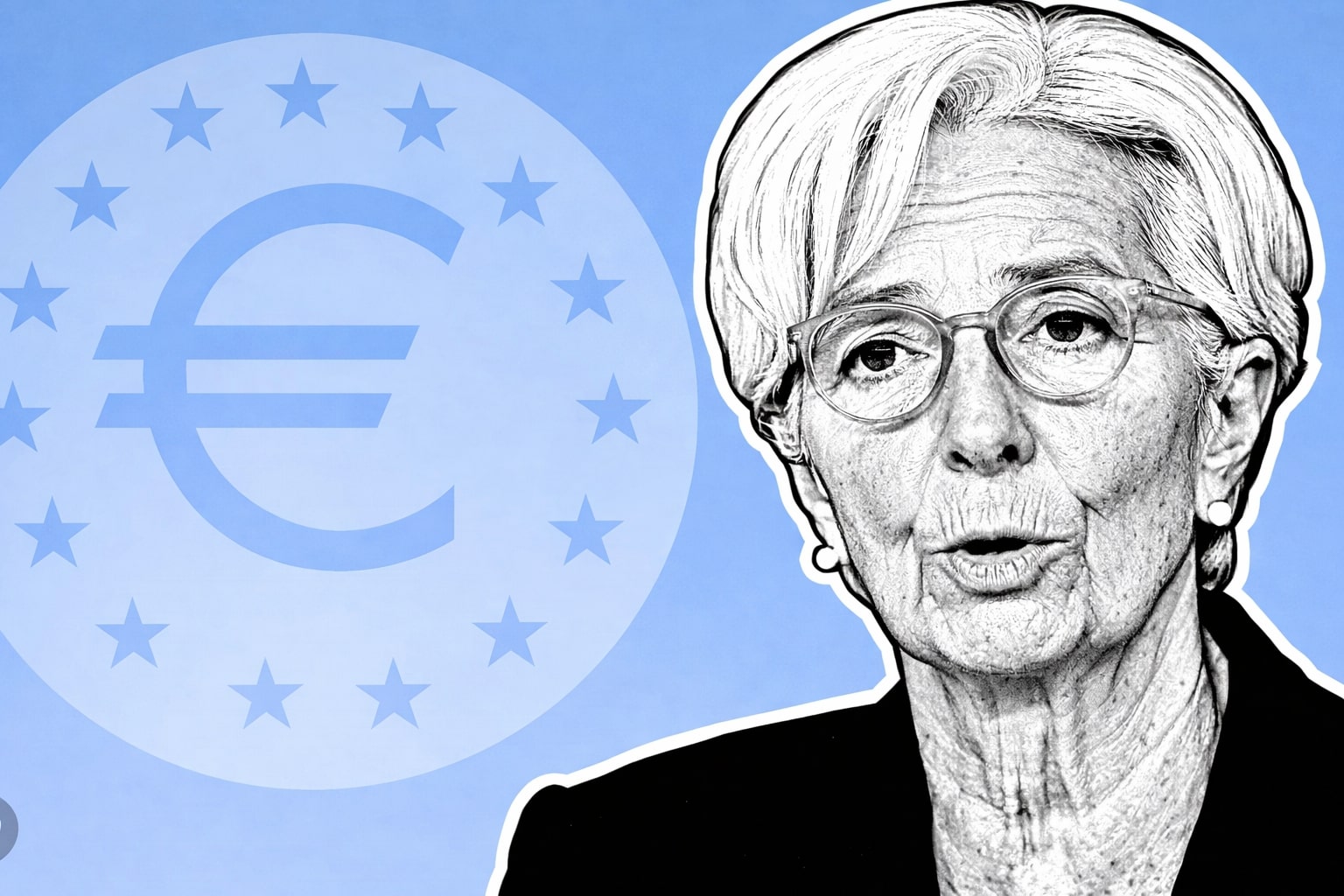
EUR/USD Slides to 1.165 as Tariffs, Inflation, and Fed Uncertainty Hit Euro
Trump’s 30% tariff crushes euro sentiment while CPI at 2.7% stalls Fed easing—EUR/USD trades below trendline with 1.160 support in focus | That's TradingNEWS
EUR/USD Cracks Below 1.165 as Trump’s 30% Tariff Threat Smashes Eurozone Confidence
The EUR/USD pair has collapsed to 1.165, registering a two-week low as the euro faces coordinated pressure from Washington’s trade policy and technical breakdowns. President Trump’s confirmation of a 30% tariff on EU goods effective August 1st triggered an immediate selloff in the euro, erasing any prior optimism for a trade truce. Hopes briefly rose when Trump invited European negotiators back to the table, but sentiment soured after Brussels accused Washington of stonewalling talks. Eurozone assets have been repriced aggressively amid fears of retaliatory escalation, with traders bracing for political noise to translate into real inflation.
US CPI at 2.7% and Core at 3.0% Complicate ECB and Fed Policy Trajectories
The June US CPI report delivered a headline annual increase of 2.7%, with core inflation steady at 3.0%, reflecting underlying price stickiness. While these numbers matched expectations, they significantly cloud the outlook for a September Fed rate cut. The result is a reinforcing of dollar strength, putting EUR/USD under persistent pressure. On the European side, the ECB is widely expected to hold rates, but traders are watching closely for signs of a dovish pivot later this year. Despite eurozone inflation cooling toward 2.2%, policymakers remain cautious. A single rate cut before year-end is still on the table depending on the second-half growth slowdown and energy price risks from renewed tariffs.
EUR/USD Sinks Below 30-SMA as Technical Momentum Confirms Breakdown
EUR/USD has decisively breached the 30-period SMA, trading well below all key moving averages on the 4-hour and daily timeframes. Price remains trapped under a descending trendline while support at 1.165 is being retested for the third time in two weeks. The RSI has slid below 50, confirming bearish momentum, and Bollinger Bands are narrowing, signaling that a high-volatility breakout is imminent. Failure to hold 1.165 would expose 1.160, with further downside risk toward 1.150, the next major demand zone. If bulls reclaim 1.175, a technical recovery could materialize toward the 1.1800 barrier—but the bias is firmly bearish below trend resistance.
EUR/USD Technical Compression Points to Breakdown Risk Despite Macro Uptrend
While the broader yearly structure for EUR/USD remains bullish—with the euro still +13% YTD—short-term price action has turned decisively negative. The current formation suggests a correction within the broader uptrend, but unless buyers reclaim the 1.175–1.180 band quickly, the market may view this as the start of a larger macro reversal. The Supertrend indicator remains red, and price is below the 20, 50, and 100 EMAs, increasing the likelihood of further decline. Key Fibonacci levels indicate the 0.5 retracement near 1.160 must hold, or EUR/USD risks collapsing toward 1.1450—a level not seen since Q1.
Eurozone Macro and ECB Positioning Keep Long-Term Floor Intact—for Now
Despite the selloff, long-term euro positioning remains supported by fiscal expansion in Germany and structural current account surpluses in key EU economies. While short-term traders have slashed long exposure on political and technical grounds, sovereign flows remain net positive. The ECB’s cautious stance, combined with a weaker global growth backdrop, favors euro resilience beyond this correction phase. However, that argument depends heavily on the euro holding 1.165–1.160 in the coming days. If breached, the support narrative collapses.
Fed Uncertainty and US Political Chaos Widen the Euro-Dollar Divergence
The US dollar is being fueled not only by CPI but by confusion over the Fed’s future path. Fed members remain split over whether 50bps or 75bps of easing is appropriate before year-end. Meanwhile, rumors about Jerome Powell’s possible exit have added a layer of institutional uncertainty. For euro bulls, this chaos should be constructive—but only if the euro can survive the technical damage and political shocks it’s currently enduring. As long as the dollar retains safe-haven demand and strong yield support, EUR/USD faces strong resistance on any bounce.
Tariff Fallout Pressures European Assets as Trade Optimism Evaporates
The 30% US tariff on EU and Mexican goods, set to activate in just over two weeks, is already influencing asset flows. European equities have lagged US markets in July, with capital exiting eurozone bonds and moving toward US treasuries and dollar-linked assets. EU trade officials have not yet retaliated but are expected to announce countermeasures if no breakthrough occurs. That event risk alone is keeping EUR/USD suppressed. Investors are hedging with options skewed heavily toward puts below 1.160, confirming institutional expectations of further downside.
Short-Term Traders Eye 1.173 as Reversal Trigger, Bears Control Below 1.165
The most immediate levels to watch are 1.173–1.175 on the upside and 1.158–1.150 on the downside. A daily close above 1.175 would break the descending trendline and invalidate the bearish continuation thesis. Until that happens, bears are in control. Options flows and futures positioning confirm this view—CME net longs on the euro have dropped 15% week-over-week, and delta hedging is leaning defensive. A failure to hold 1.165 today will almost certainly activate algorithmic selling toward 1.150. Conversely, a CPI miss or tariff reversal surprise could flip the script fast.
Verdict: HOLD EUR/USD — Short-Term Bearish, Long-Term Supportive Above 1.160
The EUR/USD structure is tactically weak but not yet broken on the macro scale. Tariff escalation, Fed ambiguity, and rising US inflation have flipped the narrative near-term. Until 1.165 is decisively reclaimed and 1.175 breached, expect continued pressure toward 1.150. However, with eurozone fundamentals intact and ECB policy steady, long-term bullish potential remains viable above 1.160. Traders should remain cautious here—this is a no-man’s land zone where volatility can inflict damage on both sides. Hold, monitor the 1.160 floor, and watch for event-driven catalysts to decide the next leg.
That's TradingNEWS
Read More
-
UCO ETF Price Forecast: Can NYSEARCA:UCO at $18.57 Ride a 2026 Oil Squeeze?
18.12.2025 · TradingNEWS ArchiveStocks
-
XRPI at $10.50 and XRPR at $14.93 Hit XRP ETF Lows While XRP-USD Holds $1.84 After 30 Days of Inflows
18.12.2025 · TradingNEWS ArchiveCrypto
-
Natural Gas Price Forecast: Henry Hub Holds Around $4 as EIA Draw Hits 167 Bcf
18.12.2025 · TradingNEWS ArchiveCommodities
-
USD/JPY Price Forecast: Pair Holds Above 155 As BoJ And US CPI Set Up A Major Break
18.12.2025 · TradingNEWS ArchiveForex



















